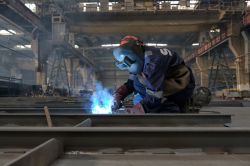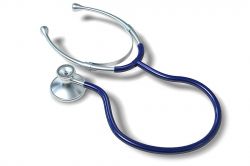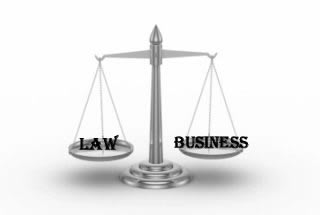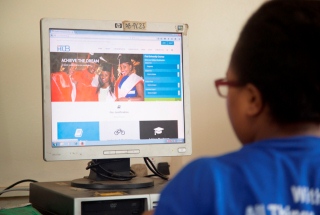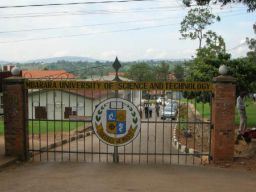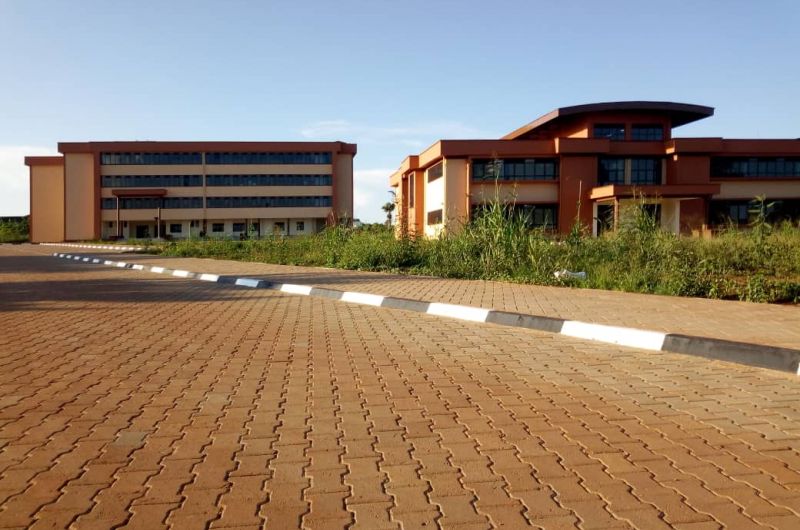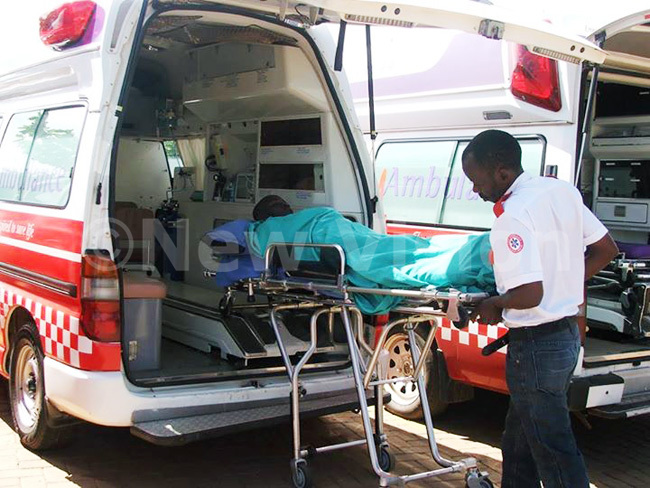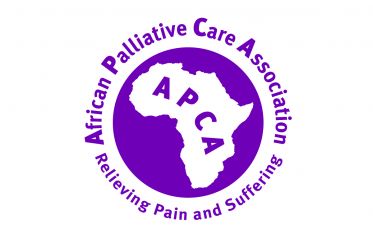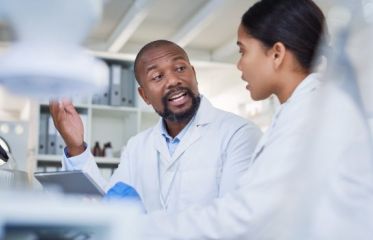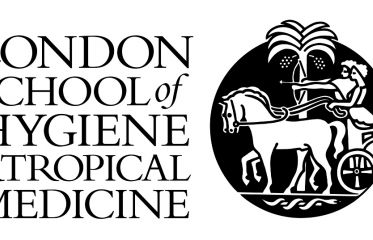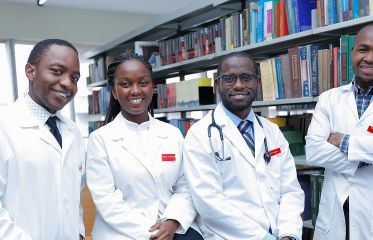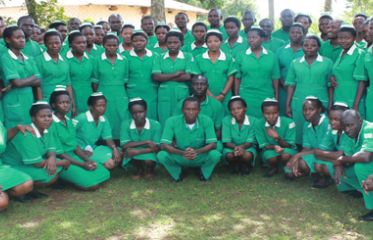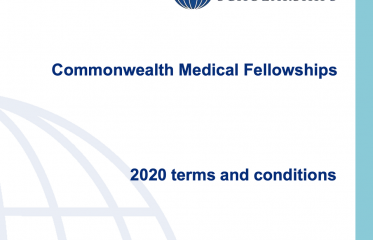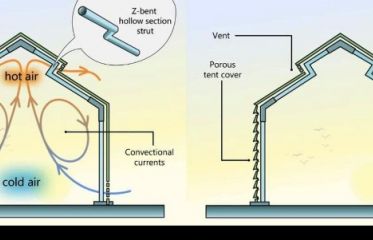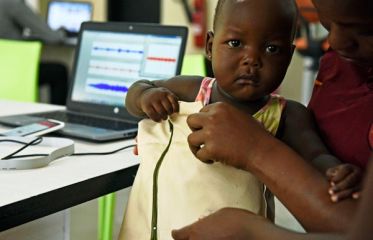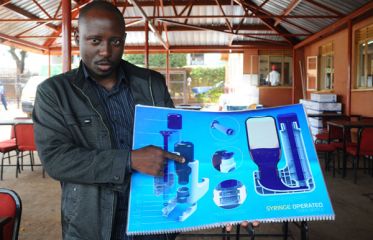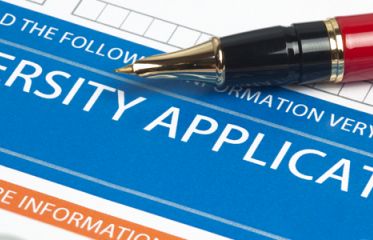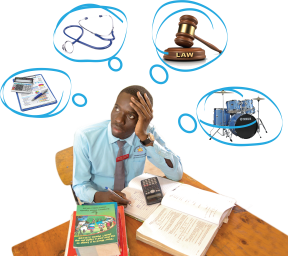Breaking News
- Flexible Remote Work Opportunity for University Students: Earn $100–$250 Per Month ...Read More
- Ministry of Education and Sports Azerbaijan Government Scholarships For 2025-2026 Academic Year ...Read More
- Government Sponsorship Undergraduate Admission Lists 2025-26 for Makerere University ...Read More
- Ministry of Education And Sports: Egyptian Government Scholarships 2025-2026 Academic Year ...Read More
- Ground Breaker Full Scholarship for girls to study Software Engineering 2025 July Intake ...Read More
- Tony Elumelu Foundation Entrepreneurship Programme (TEEP) 2025 for young African Entrepreneurs ...Read More
- DESIGNING FUTURES 2050 International Design Competition 2025 (€15,000 prize) ...Read More
- Ground Breaker Full time Scholarship for girls to study Software Engineering 2025 Intake ...Read More
- Ministry of Education And Sports Algerian Vocational Training Scholarships for 2024-2025 AY ...Read More
- Ministry of Education and Sports Advert for the Algerian Government Scholarships for 2024-2025 ...Read More
Paramedic
Emergency medical technicians (EMTs) and paramedics care for the sick or injured in emergency medical settings. People’s lives often depend on their quick reaction and competent care. EMTs and paramedics respond to emergency calls, performing medical services and transporting patients to medical facilities. An emergency operator sends EMTs and paramedics to the scene of an emergency, where they often work with police and firefighters.
Add to FavouritesWhen taking a patient to a hospital, one EMT or paramedic may drive the ambulance while another monitors the patient's vital signs and gives additional care. Some paramedics work as part of a helicopter's flight crew to transport critically ill or injured patients to a hospital.
EMTs and paramedics also transport patients from one medical facility to another. Some patients may need to be transferred to a hospital that specializes in treating their injury or illness or to a facility that provides long-term care, such as a nursing home.
If a patient has a contagious disease, EMTs and paramedics decontaminate the interior of the ambulance and may need to report the case to the proper authorities.
An EMT, also known as an EMT-Basic, cares for patients at the scene of an incident and while taking patients by ambulance to a hospital. An EMT-Basic has the skills to assess a patient's condition and to manage respiratory, cardiac, and trauma emergencies.
An Advanced EMT, also known as an EMT-Intermediate, has completed the requirements for the EMT level, as well as instruction in more advanced medical procedures, such as administering intravenous fluids and some medications.
Paramedics provide more extensive prehospital care than do EMTs. In addition to being able to carry out the tasks of EMTs, paramedics can give medications orally and intravenously, interpret electrocardiograms (EKGs)—used to monitor heart function—and use other monitors and complex equipment.
Daily Tasks
EMTs and paramedics typically do the following:
1. Respond to emergency calls(999) for emergency medical assistance, such as cardiopulmonary resuscitation (CPR) or bandaging a wound
2. Assess a patient’s condition and determine a course of treatment
3. Follow guidelines learned in training or received from physicians who oversee their work
4. Use backboards and restraints to keep patients still and safe in an ambulance during transport
5. Help transfer patients to the emergency department of a healthcare facility and report their observations and treatment to the staff
6. Create a patient care report, documenting the medical care given to the patient
7. Replace used supplies and check or clean equipment after use.
Key Knowledge Areas
Customer and Personal Service — Knowledge of principles and processes for providing customer and personal services. This includes customer needs assessment, meeting quality standards for services, and evaluation of customer satisfaction.
Medicine and Dentistry — Knowledge of the information and techniques needed to diagnose and treat human injuries, diseases, and deformities. This includes symptoms, treatment alternatives, drug properties and interactions, and preventive health-care measures.
English Language — Knowledge of the structure and content of the English language including the meaning and spelling of words, rules of composition, and grammar.
Public Safety and Security — Knowledge of relevant equipment, policies, procedures, and strategies to promote effective local, state, or national security operations for the protection of people, data, property, and institutions.
Education and Training — Knowledge of principles and methods for curriculum and training design, teaching and instruction for individuals and groups, and the measurement of training effects.
Mathematics — Knowledge of arithmetic, algebra, geometry, calculus, statistics, and their applications.
Psychology — Knowledge of human behavior and performance; individual differences in ability, personality, and interests; learning and motivation; psychological research methods; and the assessment and treatment of behavioral and affective disorders.
Transportation — Knowledge of principles and methods for moving people or goods by air, rail, sea, or road, including the relative costs and benefits.
Biology — Knowledge of plant and animal organisms, their tissues, cells, functions, interdependencies, and interactions with each other and the environment.
Administration and Management — Knowledge of business and management principles involved in strategic planning, resource allocation, human resources modeling, leadership technique, production methods, and coordination of people and resources.
Telecommunications — Knowledge of transmission, broadcasting, switching, control, and operation of telecommunications systems.
Law and Government — Knowledge of laws, legal codes, court procedures, precedents, government regulations, executive orders, agency rules, and the democratic political process.
Clerical — Knowledge of administrative and clerical procedures and systems such as word processing, managing files and records, stenography and transcription, designing forms, and other office procedures and terminology.
Therapy and Counseling — Knowledge of principles, methods, and procedures for diagnosis, treatment, and rehabilitation of physical and mental dysfunctions, and for career counseling and guidance.
Chemistry — Knowledge of the chemical composition, structure, and properties of substances and of the chemical processes and transformations that they undergo. This includes uses of chemicals and their interactions, danger signs, production techniques, and disposal methods.
Key Skills
Compassion. EMTs and paramedics must be able to provide emotional support to patients in an emergency, especially patients who are in life-threatening situations or extreme mental distress.
Interpersonal skills. EMTs and paramedics usually work on teams and must be able to coordinate their activities closely with others in stressful situations.
Listening skills. EMTs and paramedics need to listen to patients to determine the extent of their injuries or illnesses.
Physical strength. EMTs and paramedics need to be physically fit. Their job requires a lot of bending, lifting, and kneeling.
Problem-solving skills. EMTs and paramedics need strong problem-solving skills. They must be able to evaluate patients’ symptoms and administer the appropriate treatments.
Speaking skills. EMTs and paramedics need to be able explain procedures to patients, give orders, and relay information to others.













